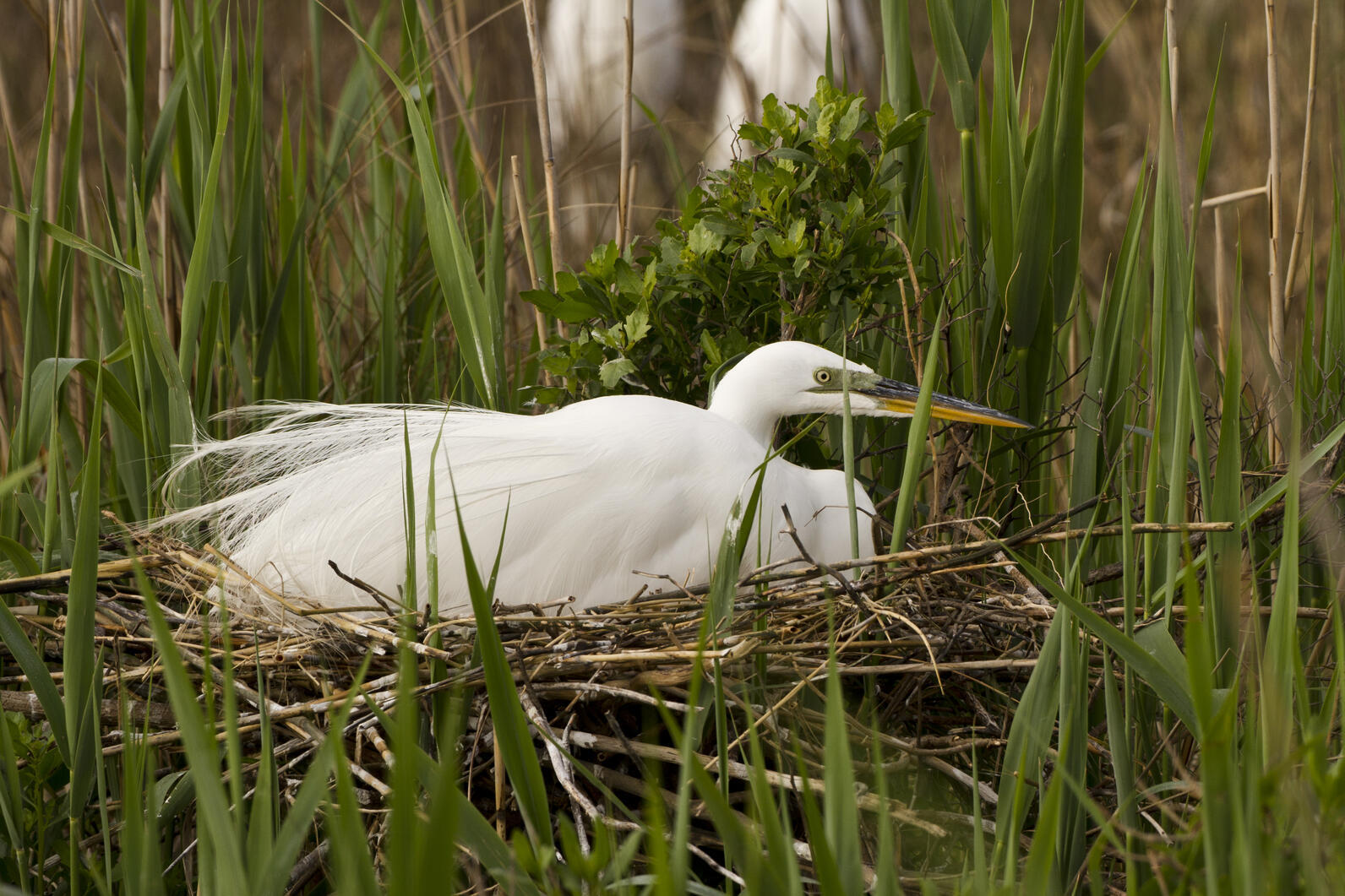
DURHAM, N.C. - The North Carolina Land and Water Fund has awarded two grants totaling more than $400,000 to Audubon North Carolina for habitat restoration projects in the Cape Fear River and at Audubon’s Pine Island Sanctuary on the Outer Banks. The projects will protect and improve important bird habitat while also providing storm protection and water quality benefits for people.
At Pine Island, a $309,000 grant will support work to restore a pond and stream system at the heart of the sanctuary. Reviving and reconnecting the degraded habitat to the sanctuary’s marshes will improve the resilience of an ecosystem already at risk and create important habitat for rails, wading birds, and sparrows that depend on the marsh. The project includes ripping out the bulkhead of a pond, replacing it with native vegetation, and converting pipes and culverts into free-flowing streams. Work is expected to begin next year.
“The end result of this project will be wading birds and waterfowl once again foraging in the pond and fish spawning in the streams,” said Robert Fearn, Pine Island Sanctuary Director. “The goal is to ensure the entire hydrological system in this portion of the sanctuary is functioning naturally and connected to the larger marsh."
Audubon’s Pine Island Sanctuary preserves 2,600 acres of unique marsh and upland maritime forest habitat on Currituck Sound and is one of the most important places for birds in the hemisphere, providing habitat for nearly 200 species.
On the Cape Fear River, another $135,000 grant will support Audubon’s efforts to protect and restore Battery Island, which has suffered from years of erosion. The island serves as an oasis for nesting waterbirds, including a colony of White Ibis that numbers as much as 10,000 pairs. Because of its location near the mouth of the river, Battery Island also serves as natural infrastructure for nearby people and ecosystems, helping to slow storms and flood water.
Erosion at Battery Island is largely driven by the wake of ships accessing the Port of Wilmington and made worse by sea level rise and storms. The grant will allow Audubon to assess the best strategies to protect the island and build it back. Options could include oyster restoration, applying sediment to raise the elevation in some areas, or placing wave attenuators offshore. These concrete structures help diminish wave energy but still allow fish and organic material to flow through.
“Battery Island is one of the most important places for nesting waterbirds on the Cape Fear River and the entire state, but we’re losing more of it each year,” said Curtis Smalling, Director of Conservation at Audubon North Carolina. “This grant will help us figure out the right combination of tools to stem the losses and even build back the island, in ways that benefit birds and people.”
Since its inception in 1996, the Land and Water Fund has conserved more than 500,000 acres and protected or restored 3,000 miles of streams and rivers. Most recently, Audubon received a Land and Water Fund grant to install a living shoreline at Pine Island.
Media Contact: Ben Graham, ben.graham@audubon.org
About Audubon North Carolina
Audubon North Carolina, a state program of the National Audubon Society, has offices in Durham, Boone, Corolla, and Wilmington. Learn more at www.nc.audubon.org and on Twitter, Facebook, and Instagram. The National Audubon Society protects birds and the places they need, today and tomorrow. A nonprofit conservation organization since 1905, Audubon works throughout the Americas using science, advocacy, education, and on-the-ground conservation. Learn more at www.audubon.org and on Facebook, Twitter and Instagram @audubonsociety.



